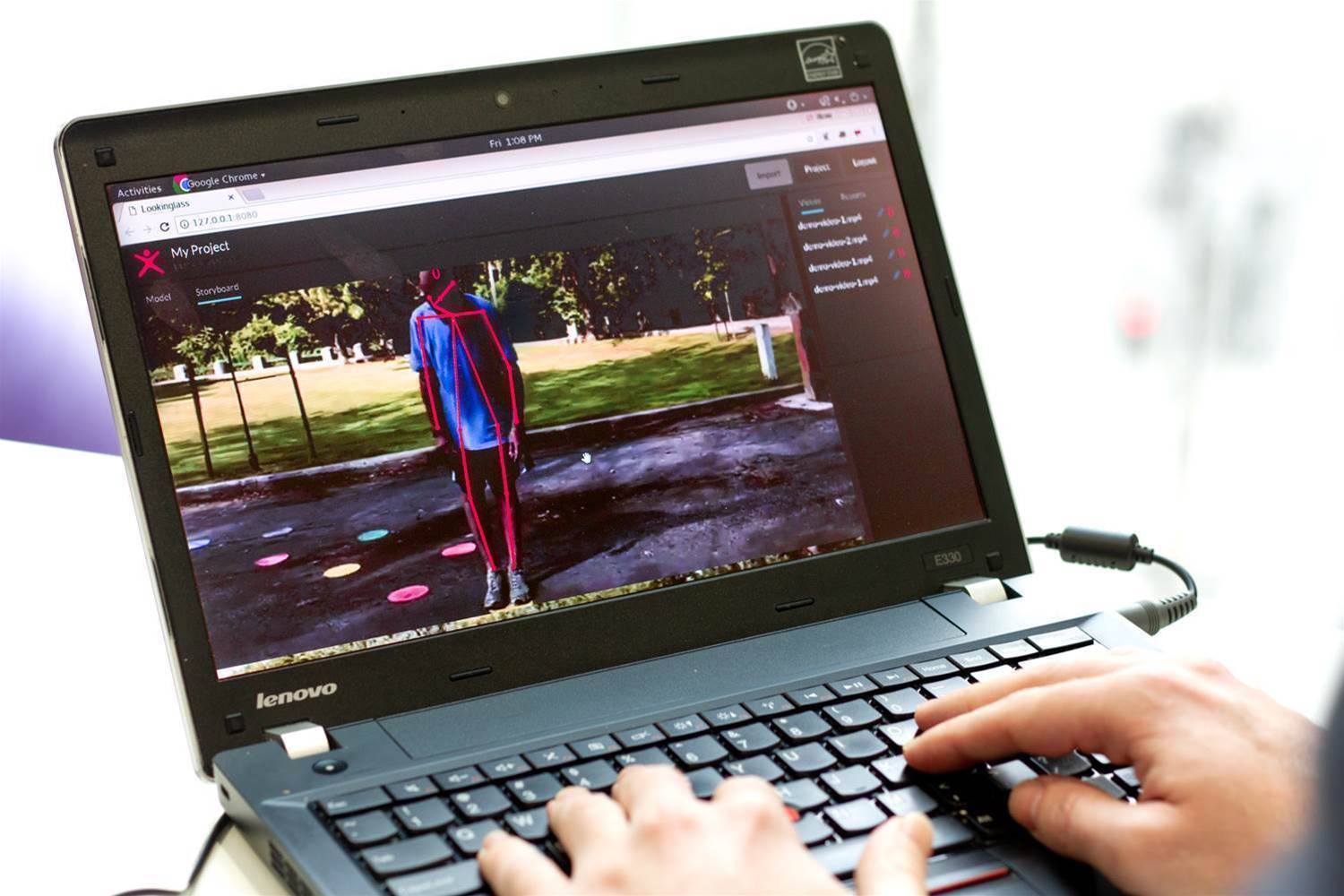A startup based at the University of South Australia’s Innovation & Collaboration Centre has launched an eponymous machine learning platform called Lookinglass that has a promising future in telehealth by picking up the early warning signs of Parkinson's disease.
Lookinglass combines proprietary machine learning and computer vision techniques to quickly identify and track movements in everyday tasks, comparing it with known Parkinson’s symptoms.
Chief executive Kelly Carpenter said the app is a significant improvement over what’s currently available in the telehealth field for occupational therapists working with patients in remote areas.
“The problem for occupational therapists is in the ability to remotely assess patient movement using manual technology,” Carpenter said.
“Our solution removes the manual effort for diagnosis and reduces error caused by ineffective communication technologies.”
Already the platform has been tested with 16 occupational therapists and at nursing homes in South Australia.

While the web app currently works with videos uploaded by users from their own recording devices, Lookinglass’ longer-term plan is to integrate it with a mirror-mounted camera.
As a real-time diagnostic tool, the mirror would be designed for ongoing interaction in the home so that the progression of symptoms can be monitored over time.
In a rural or remote setting, that could save therapists and patients hours of travel getting to and from regular consultations while providing more regular insights and up-to-date data.
Lookinglass chief technology officer Simon Cullen added that the interface was designed to be as easy to use for older Australians as possible.
“It’s difficult for people in remote locations to access telehealth solutions and Parkinson’s disease makes it especially difficult for users to be able to push a button or press a touch-pad,” he said.
Cullen and Carpenter expect to have an advanced prototype of the mirror to accompany the web app by the end of the year.


.png&h=140&w=231&c=1&s=0)























